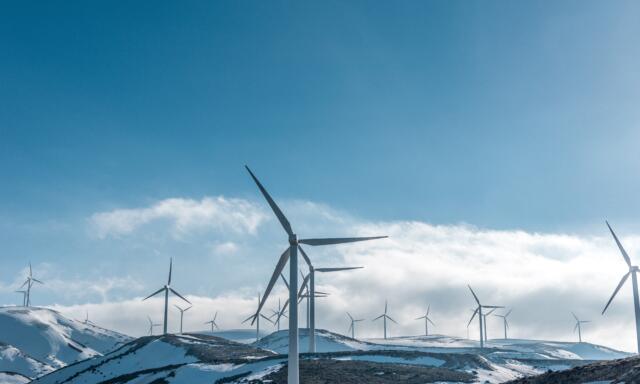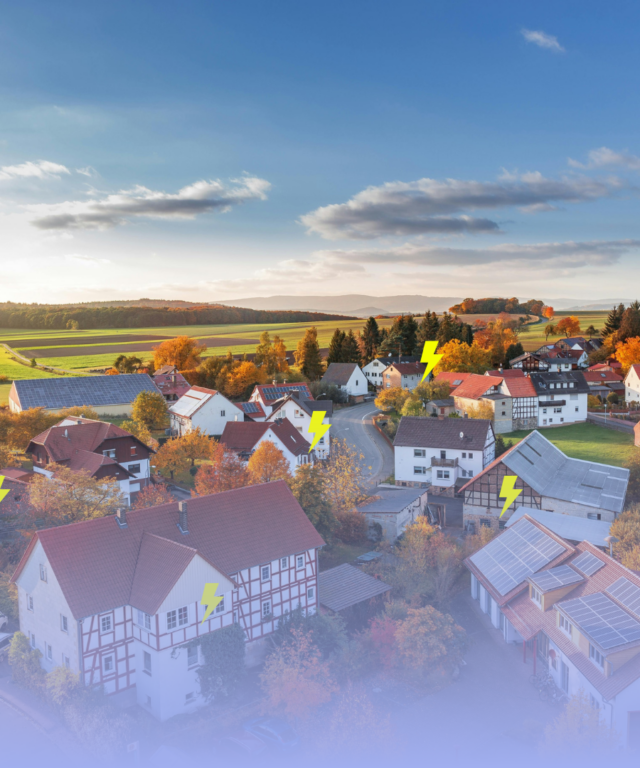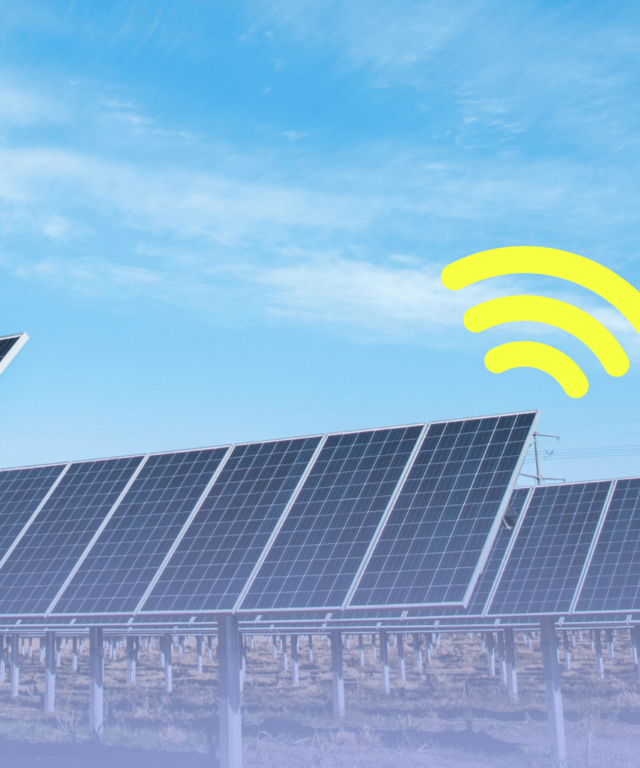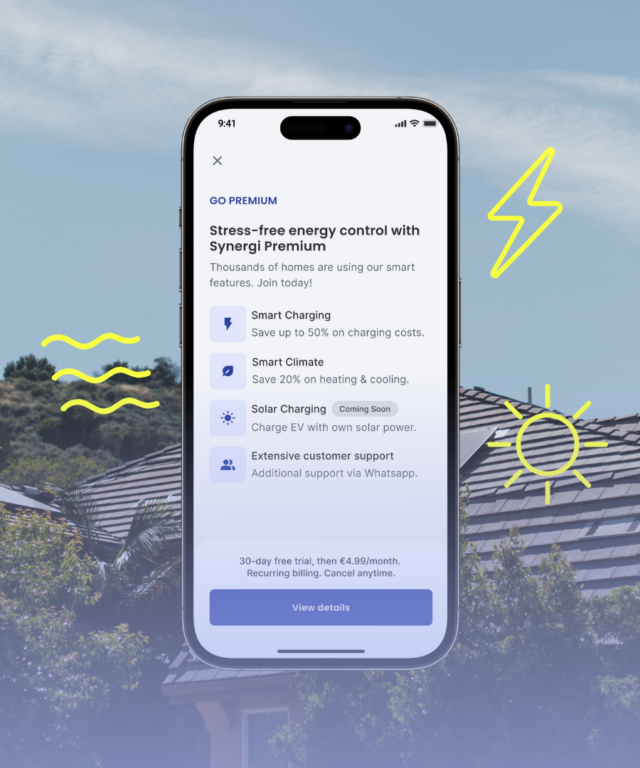Demand Response is a difficult-to-understand sounding word that is being mentioned increasingly in the media, in coffee-table discussions, and especially on Twitter. At least based on our observations. We wanted to untangle the meaning of this phrase and provide a clear answer of what it means, how it works, and how it relates to your electricity consumption.
What is demand response?
Let’s start with the definition. Fingrid puts it like this “Demand Response means transferring electricity consumption from hours of high load and price to a more affordably priced time, or temporarily adjusting consumption for the purpose of power balance management. More demand-side management is needed as the amount of inflexible production in the grid increases, such as nuclear power and renewable energy.”
That summarises it well, but let’s look at the items mentioned there, beginning with “transferring electricity consumption from hours of high load and price to a more affordable time.” As the price of electricity changes every hour, it makes sense to use electricity when the price is low.
The picture below shows how electricity prices varied during a typical Monday in August. We see significant differences in the price, and by adjusting our consumption to hours of lower prices, we could save substantial amounts of money.
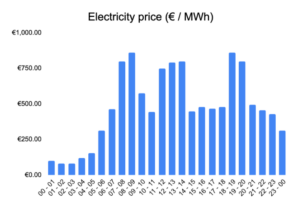
Then let’s look at the other sentence statement, “More demand-side management is needed as the amount of inflexible production, such as nuclear power and renewable energy, in the grid increases.” As the price of electricity changes constantly, so do the means of energy used to create electricity. Let’s take a closer look:
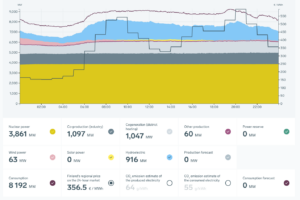
As the picture shows, nuclear power is roughly half of the total production. Wind Power represents a small fraction of the production, as this day was not windy. Hydroelectric power is a significant part of the production, as are some fossil fuel-based sources.
In the future, all electricity in Finland will be coming out of nuclear and wind power, which both are inflexible; it creates a problem for the electricity grid, which has to always be in balance.
Why are wind power and nuclear inflexible energy sources? The answer is simple. You always use nuclear power at 100% capacity. You can’t control the amount of electricity produced. With wind power, it’s even more straightforward. You can’t control it at all; whenever it winds, you have cheap electricity, but then during some windless days, you don’t get electricity at all.
Why does the grid have to be in balance?
For an electricity grid, we must keep the supply and demand very closely in balance (ideally <0.2% imbalance in normal operations). The aim is to maintain a frequency of 50 Hz. If this balance is not maintained, it can lead to issues like power outages and blackouts, as well as cause damage to devices connected to the grid.
In the past, fossil fuel power plants (coal and gas) have met energy demands by burning more fuel. When demand increases, they burn more to ensure a stable grid. But renewable energy sources rely on external factors (wind and sun). Changing the amount of energy generated to meet demand rapidly can be challenging. It’s not possible to produce more solar energy on an overcast day. For that, an alternative method of reacting to changes in demand and supply is necessary.
That’s why there’s a growing interest in how that grid stability can be maintained through demand response. Demand response gives consumers a signal to decrease or increase their energy usage to restore balance to the grid when demand and supply shift.
How Does Demand Response relate to your electricity consumption?
Now that we know demand response, it may leave you wondering how demand response management works. Well, it starts with our software and your electricity consumption. Your job is to log in to our platform with your electric vehicle, heat pump, home batteries, or other major electrical devices.
Our job is to optimize your electricity consumption and enable you to save and earn money with our software. Demand response becomes possible when we pool together your electricity consumption and thousands of other households and individuals.
Our role in this equation is called being an “aggregator.” We are the one that makes sure everything runs smoothly in the background, and you will notice our presence only in having a smaller electricity bill and a better consciousness through knowing that you’ve helped decarbonize the power grid.
Get the Synergi app and start saving on your electricity bill! Here’s how:
- Get the app and connect your devices: Download the Synergi app and connect your devices. You don’t need any extra equipment.
- Change settings and preferences: Set up and use the smart features you want! Set preferences for smart charging, set limits for home heating & cooling systems, and more coming to the app soon!
- Enjoy the savings: Sit back and save money as Synergi adjusts your electricity use to cheaper times.
